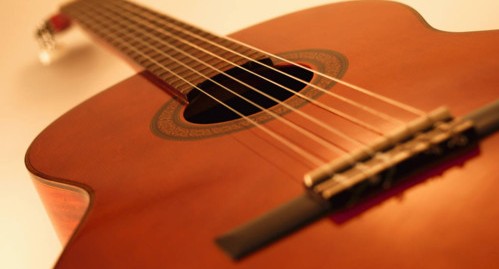My personal philosophy as far as to my music journey is that one has to put in the time in a consistent manner basically every day to get better. It follows that time is precious and since most of us don’t have much time it follows that every second count. So time fuddling around for sheet music and other learning resources is a waste of time. Sure if you are just working on one piece of repertoire or one aspect of your music self this is less of an issue. However, I have at least 6 burners on between the different styles of music I want to be able to cop, composing and sound engineering.
I use technology as much as possible to keep everything I need at my fingertips. Recently I decided to adopt that strategy to the use of music training dvds. I wanted to quickly be able to get any specific dvd up and running bypassing going back to my closet where I store my learning materials. On the mac I accomplished expediting this by using too utilities :
- Disk Utility
- Automator
Disk Utility allows me to create a .dmg file from the DVD media which I can then mount later. In other words the mounted dmg will behave just as if it was running from the DVD drive.
Automator then allows me to define a set of steps to mount and start the DVD player. I also have a Automator script for stopping and un-mounting the DVD.
So I now can easily and quickly use Spotlight to put on any of my music training DVDs. Of course, this all is stored on the Mac’s hard drive which means that you can take along anywhere i.e. on your Mac notebook or Mac Mini.
Windows has similar third party excellent tools for accomplishing as much. Check out AutoHotKey for automation and Daemon Tools for virtualizing the DVD media. Of course , I should also mention the very excellent Launchy which works just as well as Spotlight on the Mac.


